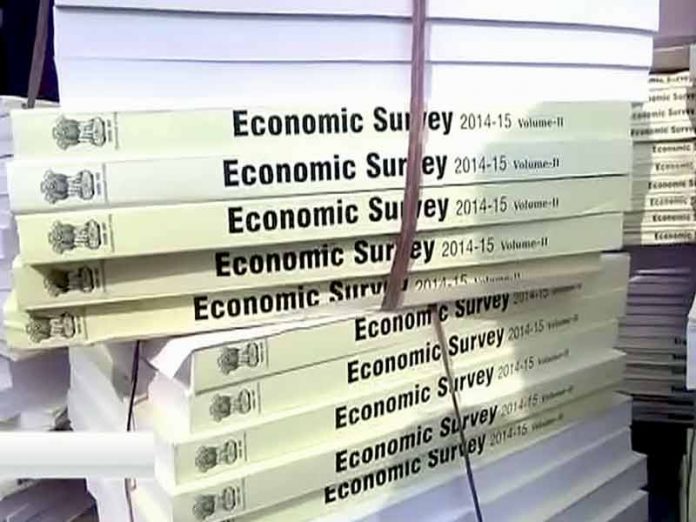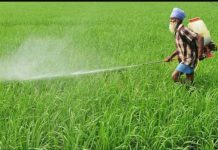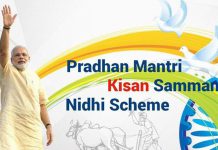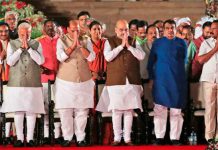Economic Survey of 2015-16
The Economic Survey reviews the developments in the Indian economy over the previous 12 months, summarizes the performance on major development programmes and highlights the policy initiatives of the government and the prospects of the economy in the short to medium term.
The Union Minister for Finance, Corporate Affairs and Information & Broadcasting, Shri Arun Jaitley presented the Economic Survey of 2015-16 in Parliament. And the survey was prepared by the finance ministry’s chief economic adviser Arvind Subramanian.
We have compiled all the important points of Economic Survey and all those preparing for any Government Exam can view the document.
Main Highlights of the Economic Survey 2015-16
| AGRICULTURE |
The Survey emphasizes that the Indian agricultural system is predominantly a mixed crop-livestock farming system, with the livestock segment supplementing farm incomes by providing employment, draught animals and manure.
|
| FISCAL DEFICIT |
|
| CURRENCY |
|
| INFLATION |
|
| TAXES |
|
| BANKING & CORPORATE SECTOR |
|
| CURRENT ACCOUNT DEFICIT |
|
| CHIEF ECONOMIC ADVISER COMMENTS |
|
Other Important Highlights of Economic Survey 2015-16
- Growth this fiscal to be 7.6%, long-term potential at 8-10% if exports grow rapidly.
- India haven of stability amidst gloomy global landscape.
- Crude oil prices to be about USD 35 a barrel next fiscal, as against USD 45 this year.
- Projects retail inflation at 4.5-5% for 2016-17.
- Low inflation takes hold, price stability has increased.
- Pay Commission implementation not to destabilise prices.
- Proposes widening of tax net from 5.5% of earning individuals to more than 20%.
- Challenging external environment to cast shadow on economic policies.
- 3.9% fiscal deficit target achievable this year, coming year to be challenging.
- Subsidy bill to be below 2% of GDP next fiscal.
- Concerned over delay in GST Bill.
- GDP growth next fiscal to be between 7-7.75%.
- Balance sheets of corporate, banks remain stressed; need 4Rs: Recognition, Recapitalisation, Resolution and Reform.
- PSU banks’ capital need at Rs 1.8 lakh crore by FY19.
- Current account deficit at 1-1.5%, forex reserves at USD 351.5 bn in mid-Feb.
- Services sector growth in 2015-16 seen at 9.2%.
- Exports slowdown to continue; pick up in next fiscal.
- India should resist protectionist measures in trade.
- Suggests reform package for fertiliser sector. Fertiliser subsidy should shift to direct cash transfer.
- Suggests revival of domestic demand as foreign capital outflow likely.
- Sees good performance by industrial, infrastructure, corporate sectors due to recent reform.
- More investment in health, education; focus on agriculture. Percentage share of horticulture output in Agriculture is more than 33%.
- Government tax revenues to be higher than budgeted.
- India ranks first in Milk production, accounting for 18.5% of world production.























